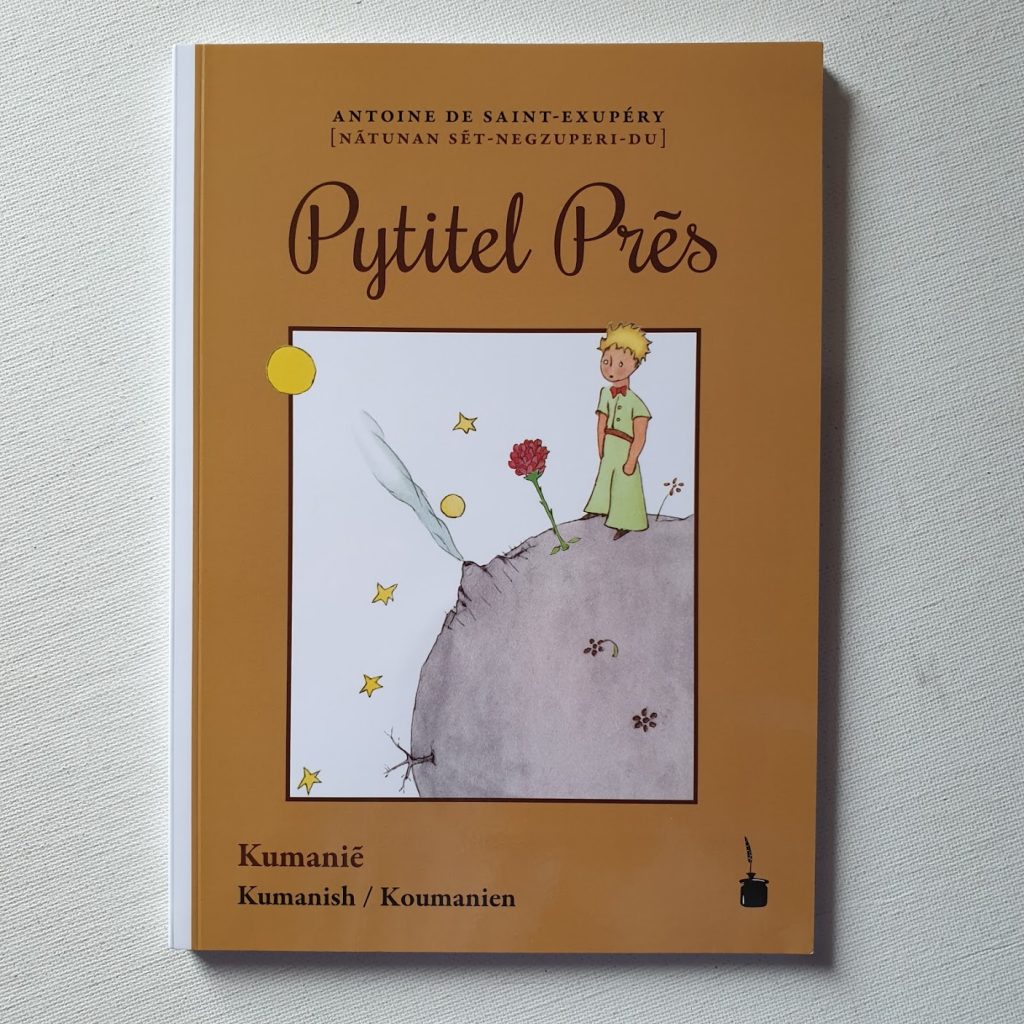
Pytitel Prēs — in Kumanish, an artificial constructed language.
Kumanish, also known as Kumanisch or Koumanien, is a constructed language, similar to Esperanto, Ido, Uropi, Volapük, or Interlingua. Its vocabulary is primarily derived from French, but its grammar significantly differs from the French language. Kumanish features a noun-declension system with over 15 cases, among various other peculiarities regarding verb inflection and pronunciation.
Kumanish was designed with the intent of creating a unique linguistic system, potentially for facilitating international communication or for artistic and cultural exploration. However, the unavailability of the information related to the continuation of its use might indicate that it did not achieve widespread adoption or recognition. The attempt to create and develop Kumanish as an artificial language reflects the broader human interest in constructing languages to experiment with linguistic principles, foster easier communication across language barriers, or create new cultural expressions.
Warning: This book is NOT in Cuman language. Cuman language was a Kipchak Turkic language spoken by the Cumans (Polovtsy, Folban, Vallany, Kun) and Kipchaks. This Cuman language became the main language (lingua franca) of the Golden Horde. The language was similar to today’s various languages of the Kipchak-Cuman branch. Cuman is documented in medieval works, including the Codex Cumanicus, and it was a literary language in the Central and Eastern Europe that left a rich literary inheritance. Again, this book is NOT in Cuman language.


